Fukushima Prefecture
Where is Fukushima?
Fukushima Prefecture is situated on the west coast of Honshu, Japan’s largest island, and forms part of the Tohoku region.
It borders Yamagata and Miyagi Prefectures to the north, Niigata Prefecture to the east, and Gunma, Tochigi and Ibaraki Prefectures to the south.
The prefecture’s eastern coastline faces Pacific Ocean.


Fukushima City is the prefectural capital while other major cities include Iwaki, Koriyama anmd Aizu-Wakamatsu.
What is Fukushima known for?
Within Japan, Fukushima is well known for producing a number of seasonal fruits including persimmons and peaches. This has earned the prefecture the nickname “the Fruit Kingdom”.
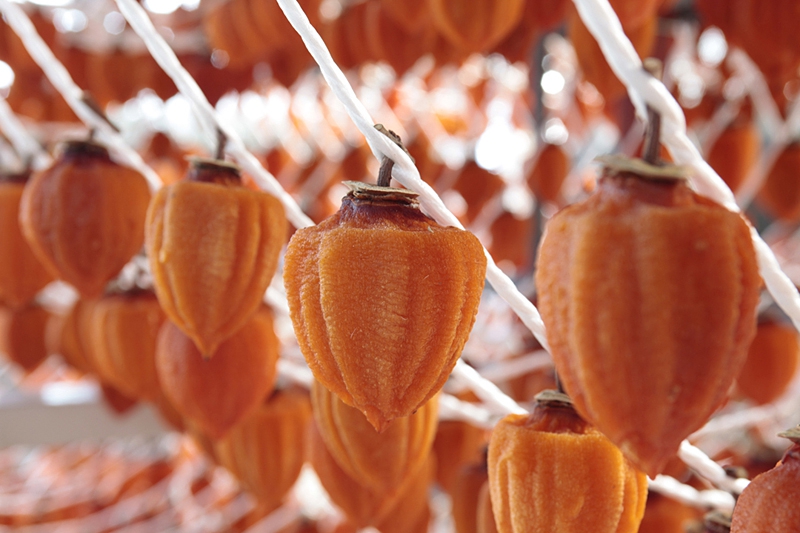

The prefecture is also famous for Kitakita Ramen, a style of ramen originating from the city of Kitakita.
Kitakita Ramen has a soy sauce soup base, flat noodles and is usually topped with sliced pork, menma (bamboo shoots) and spring onions. It is regarded as one of the three most important styles of ramen in Japan alongside Sapporo and Hataka style ramen.


Fukushima-gyu is the local variety of wagyu, beef with a marbled texture, which is highly desirable both in Japan and abroad. Japanese Black cattle, one of only 4 breeds whose meat is allowed to be called wagyu, are raised, fed and processed in Fukushima by local ranchers.
While not as internationally famous as other variants of wagyu such as Kobe beef, Fukushima-gyu is well regarded in Japan.
Fukushima Prefecture is known internationally for bearing the aftermath of the 2011 Tohoku Earthquake and Tsunami. This resulted in damage to the Fukushima Daiichi Nuclear Power Plant and the establishment of an exclusion zone around the power plant.

Visitors to Fukushima Prefecture should not be overly concerned as long as they remain outside of the exclusion zone as any danger posed by the remaining radiation would require long term exposure.
The exclusion zone covers 2.4% of the prefecture and while long term occupation is no longer allowed, it is still possible to travel through it by car on the Jōban Expressway, National Routes 6 and 114, and Prefecture Route 35 as well as by train on the JR Joban Line.
Where should I visit in Fukushima?
Visitors to Fukushima Prefecture are recommended to to use Koriyama as their main hub. It is centrally located and well connected to a number of train lines that cross the prefecture and also connect to other major cities in Japan.


The Bandai Azuma Skyline toll-road features stunning panoramic views of the mountains across Fukushima Prefecture and also goes directly past the crater on top of Mount Azuma.
The Aizu area in the west of Fukushima Prefecture has a large number of ski resorts. The area contains a number of mountains such as Mount Bandai and Mount Adatara which offer great conditions for skiing and snowboarding.
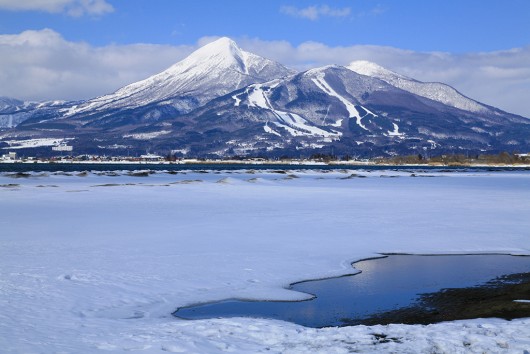

The city of Aizu-Wakamatsu is also known for Tsuruga Castle, the location of one of the final battles between the Tokugawa Shogunate and Meiji government in 1868. While the castle is a reconstruction, it attracts visitors due to its historic setting and unique red tile roof.
When is the best time to visit Fukushima?
Fukushima Prefecture experiences a diverse range of weather conditions throughout the year, influenced by its mountainous terrain and proximity to the Pacific Ocean.
The best time to visit Fukushima Prefecture will depend on how your interests will be affected by the weather.
Spring (March to May) sees cherry blossoms in full bloom, with mild temperatures and the occasional light shower.
Summer (June to August) is hot and humid with frequent thunderstorms during the rainy season which typically occurs in June and July.
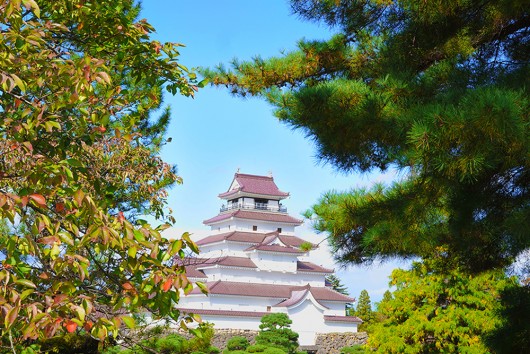
Autumn (September to November) can be cold, especially in the mountainous west of the prefecture, but the weather will be broadly pleasant and mild.
Winter (December to February) in Fukushima is cold and brings a large amount of snow to the western mountains.
All Events in Fukushima
Tours and Activities in Fukushima
None found.
Where should I stay in Fukushima?
Choosing where to stay in Fukushima prefecture will depend on your budget, interests, and requirement for public transport.
Budget travelers will find more affordable accommodations in urban areas such as Koriyama and Fukushima City.
There is always a good range of budget hotels in large Japanese cities, with Hotel Livemax Koriyama Ekimae and Hotel Route Inn Fukushima Nishi Inter being good budget options in Koriyama and Fukushima respectively.


Fukushima Prefecture has a number of onsen towns and resorts providing a mixture of luxury and traditional Japanese accommodation. Some ryokans such as Seifutei in Inawashuiro are more easily accessible by car than by public transport.

If you plan to visit attractions that are far apart, or visit locations in several different cities or prefectures, it can be beneficial to move accommodation frequently to make sure you can get to each attraction at the optimal time.
While frequent accommodation changes may be an issue for visitors with large luggage, it is possible with some pre-planning as Japan has a number of courier services that specialize in luggage transfers such as Sagawa and Yamato Transport.
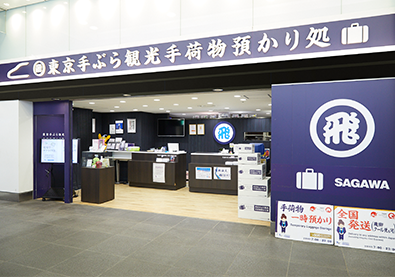
How do I get to Fukushima Prefecture?
The most convenient methods for visitors to reach Fukushima Prefecture will be by train or air.
The Tohoku Shinkansen offers direct regular connections between Tokyo and Fukushima Prefecture, with stops at stations in Shirakawa, Koriyama and Fukushima City.

Fukushima Airport is located to the south of Koriyama and offers domestic flights to/from Osaka, Sapporo and Okinawa as well as a small number of international services to Shanghai and Seoul.
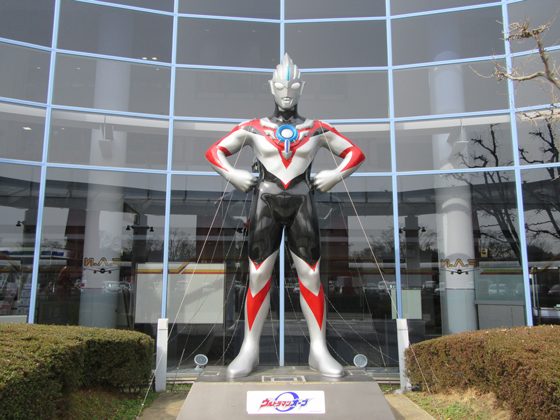
Airports in neighboring prefectures such as Niigata Airport, Sendai Airport and Ibaraki Airport connect to Fukushima by train or bus and may offer alternative routes into the prefecture if flying from a domestic location not served by Fukushima Airport.
No tags for this post.